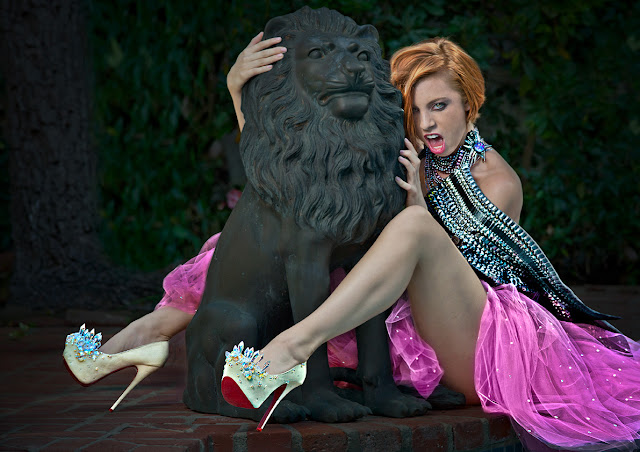Translate
Saturday, 6 April 2013
Is flash photography going to make an exit.....?
I have a friend who is a pro photographer in Boston. A few years ago when the US economy was lying mauled and bleeding and the rent he was paying for his high street studio was approaching the income derived from it, he made this observation.
"It's this cheap Chinese studio equipment that's killing the pro market." He whinged.
"Couple of hundred bucks, two lights a few umbrellas and a backdrop and your'e a portrait photographer."
Realistically good studio lighting kit doesn't come cheap. I recently bought ten 450 joule/second monoblocks of the Chinese persuasion for less than a single ProFoto head. Could they replace professional equipment by Bron, Hensel and others? No of course not but for the occasional high risk or specific application where cycle times, colour consistency or longevity isn't an issue, they are fine.
I am sure photographers have been complaining about innovative cheap products making the profession more accessible since Kodak introduced the "box" brownie in 1900. Bet you the same thing happened after WW2 when the Germans and then the Japanese started manufacturing affordable entry level SLR's and that's before digital. When the first digital cameras came out pros didn't seem to be overly concerned as the thought that these digital toys could compete at the same level as film cameras seemed absurd. It only took a few years before film cameras were becoming obsolete. Then die hard film aficionados were predicting the end of the professional photography world so to speak. The professional imaging industry is a pretty resilient beast though. Even today where a few hundred dollars will buy you a camera and lens so good that professionals were using the same system a few years ago, there is still a need for professional photographers. It's really about the ability to produce consistently good images often under difficult or less than ideal circumstances that identify the pro.
The real game changer in this evolution of image capturing instruments and accessories is ISO. With useable ISO now in the thousands you really don't need to blast away with gallons of watt seconds of strobe lighting. Pro wedding photographers are capturing glorious images on Canons and Nikons with f1.2 and f1.4 lenses inside places of worship in available light. Ten years ago the same image would be illuminated with hundreds of watts of ozone burning lumens as the vicar glared at the photographer with disdain. Portrait photographers are beginning to use continuous light to illuminate their clients. Not continuous as in blinding hot 1000 watt Arris but gentle 100 watt light sources equivalent to your bedside reading lamp. The advantages are enormous working this way. The obvious being that this truely is a WYSIWYG (what you see is what you get) approach. Sure strobes have got modeling lights that enable you to anticipate the final result of the capture but anticipate it is. Once the strobe fires the surge of light is a lot different from the modeling light as the pulse is diffused, bounced and scattered around the subject. Using a continuous light source makes it much easier to refine and finesse an image resulting in better images that are easier to produce - now that's a recipe that should make the pros loose a bit of sleep.
Subscribe to:
Post Comments (Atom)

No comments:
Post a Comment